Features of concrete mixers with a volume of 120 liters

Many people are now building country and private houses, garages and other objects for personal needs on personal plots. It is unreasonable to start construction and do without a concrete mixer. With it, the productivity of concrete, masonry (if a brick or stone object is being built) and finishing work increases several times, while saving your own physical strength. And the cost of concrete mixers is quite democratic, especially for those who have thought up a large-scale construction project. For the construction of a one-story house, a garage and other small buildings, a concrete mixer with a capacity of 120 liters will be enough. Let's consider in detail such devices.
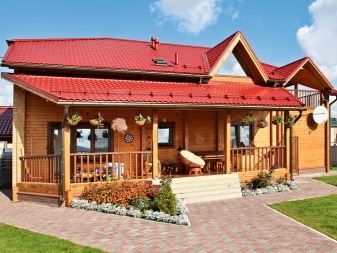
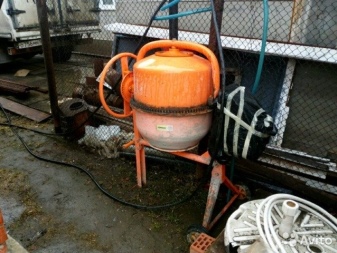
Advantages and disadvantages
The preparation of concrete and mortar in your own concrete mixer has several serious advantages over ready-mix.
- Your mortar or concrete has the quality that it requires. The master is confident in the reliability and consistency of all its ingredients. Imported products are prepared without the presence of the customer, so it is not known for sure what brand of cement, type of sand or crushed stone was used at the plant, as well as in what proportions.
- It is difficult to calculate how much the concrete mixer will unload. The prices for concrete are quite high, so a shortage of several liters in one delivery may result in the entire construction in several cubes.
- With your own mixer, you can schedule work at any free time, regardless of the supplier.
- Working with its unit, the exact amount of concrete is mixed. It is difficult to estimate the required volume of material when ordering finished products: almost always it turns out to be either a lot or not enough.
- With your installation, you can always take a break from work. With finished products, this cannot be allowed - you will need to work until the entire volume of material ends.
- For the imported solution, free passage of transport is needed. If this is not possible, then you will have to drain the mixture in an accessible place, and then deliver it to the construction site on a wheelbarrow or stretcher. Your unit is installed directly at the object.
The disadvantages of owning this construction equipment include the need to purchase and transport building materials: cement, sand, crushed stone, water.

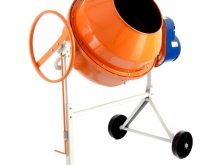
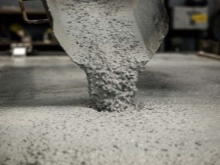
In addition, a lot of physical strength is spent on filling the ingredients into the mixer bowl. And it also takes time to clean and rinse the bowl of the unit with blades after each batch.
Species overview
Concrete mixers are divided into varieties according to the following criteria:
- by engine type (gasoline and electric);
- by the dimensions (volume) of the bowl - from 30 to 300 liters;
- by the principle of action;
- by power.
Gasoline faucets are more suitable for those who start construction on a "zero" site, where there is no electricity. They are more mobile. Electrical units are much cheaper and lighter in weight.
The dimensions of the installation are important and depend on the capacity of the bowl (drum, snail). The larger the volume of the bowl, the larger and heavier the equipment.
According to the principle of action, there are gravity and forced mixing concrete mixers. In the first, the drum rotates when the blades are stationary, in the second, the blades rotate when the drum is stationary.
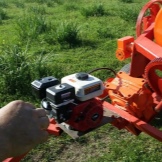

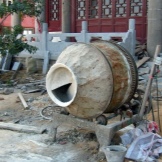

The power of the unit is calculated from the maximum possible volume of finished products. The engine is installed with such power that it can handle concrete mixing without any problems.
For private construction, gravity-action concrete mixers with a bowl volume of 120 liters are most suitable, giving out 60-70 liters of ready-mixed concrete. The engine power for this unit must be at least 0.55 kW. Power supply - 220 V.
The most popular domestic electric mixer M-120, which has a 550 W motor. This mixer is enough for one person to work both by weight and by volume of one complete batch.
The Chinese ECO CM-120 unit also has a drum with a volume of 120 liters, but produces up to 80 liters of ready-mixed concrete. The motor power is 650 W. Weight - 60 kg.
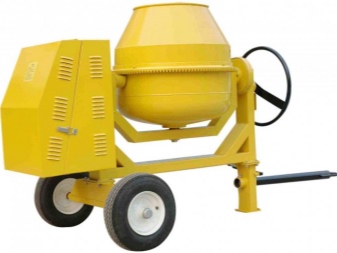
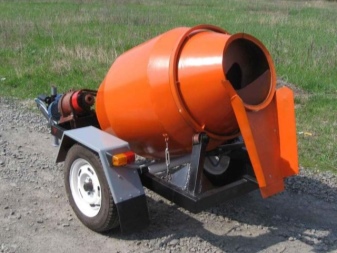
How to use?
Any concrete mixer has an instruction manual, which describes how to properly prepare the mixture, load bulk ingredients and water, which should be filled in from bulk materials first.
In most cases, the order is recommended as follows:
- installation of a concrete mixer on a flat surface;
- connecting it to a 220 V network;
- lubrication of the blades and the inner cavity of the drum with machine oil;
- filling part of the water;
- loading with cement and parts of sand with crushed stone;
- turning on the drum;
- stirring the mixture for 2-3 minutes;
- loading the rest of the dry ingredients and water.
The prepared mixture must be poured into a tub by tilting the rotating drum, and the drum must be rinsed with water. Disconnect the unit from the mains.
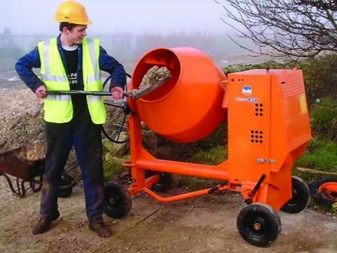
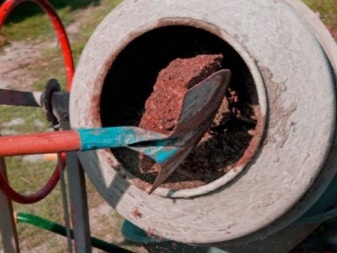
Features of concrete mixers with a volume of 120 liters in the video below.













The comment was sent successfully.